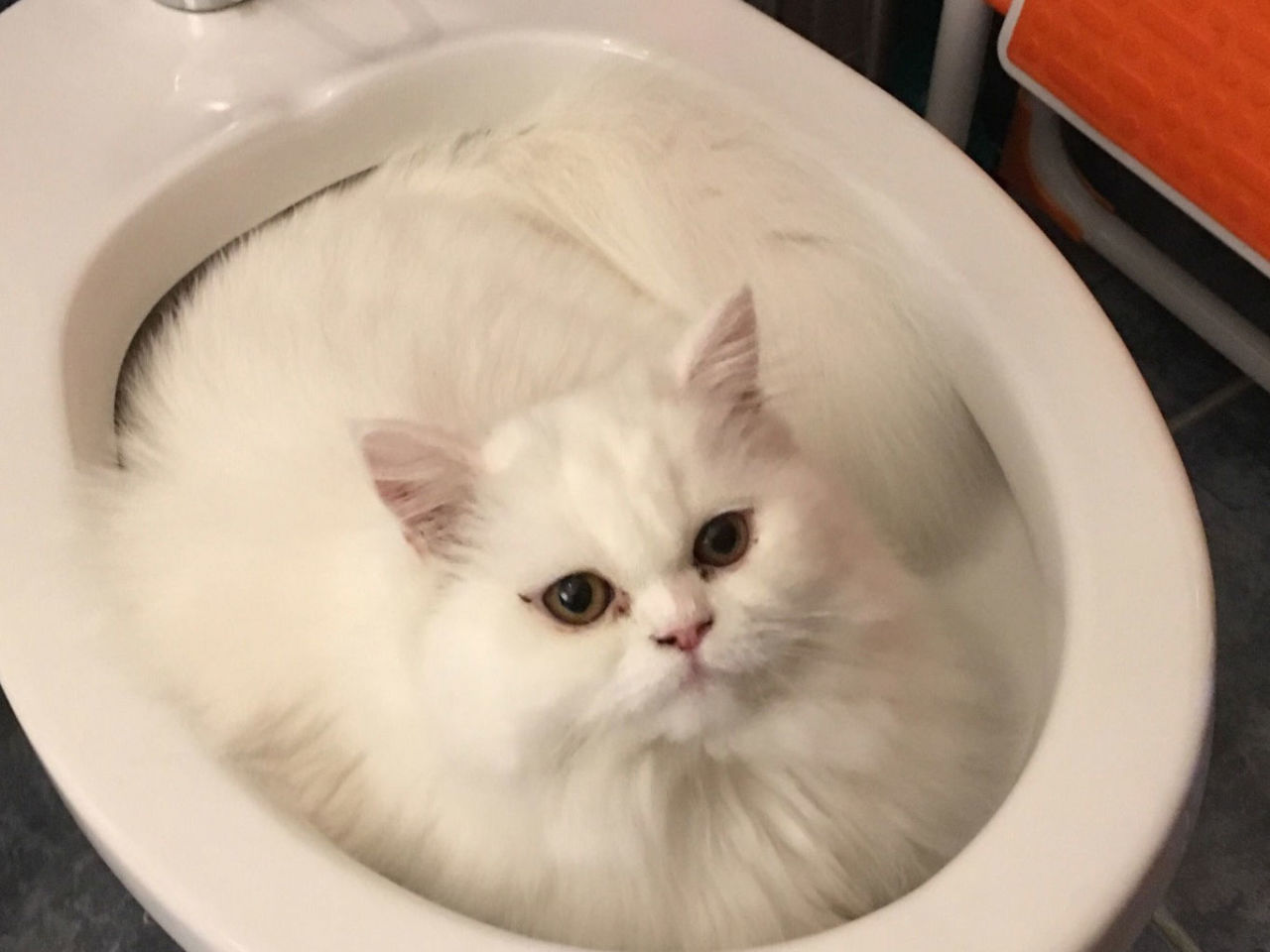Avoid Plumbing Problems: Don't Flush Cat Poop Down Your Toilet - Expert Advice
Avoid Plumbing Problems: Don't Flush Cat Poop Down Your Toilet - Expert Advice
Blog Article
We have encountered this post about Can You Flush Cat Poo or Litter Down the Toilet? below on the web and felt it made perfect sense to share it with you in this article.

Introduction
As pet cat owners, it's vital to bear in mind just how we get rid of our feline close friends' waste. While it might appear hassle-free to purge feline poop down the toilet, this practice can have detrimental consequences for both the setting and human wellness.
Ecological Impact
Purging feline poop presents damaging virus and bloodsuckers into the water supply, positioning a significant danger to water environments. These impurities can negatively influence marine life and compromise water high quality.
Wellness Risks
Along with environmental worries, purging cat waste can likewise present wellness risks to people. Feline feces may include Toxoplasma gondii, a parasite that can trigger toxoplasmosis-- a possibly extreme illness, especially for expectant females and people with weakened immune systems.
Alternatives to Flushing
The good news is, there are more secure and more responsible methods to throw away pet cat poop. Consider the following alternatives:
1. Scoop and Dispose in Trash
The most common technique of throwing away cat poop is to scoop it into a biodegradable bag and throw it in the trash. Be sure to use a dedicated litter scoop and deal with the waste quickly.
2. Use Biodegradable Litter
Opt for biodegradable cat clutter made from products such as corn or wheat. These clutters are eco-friendly and can be securely thrown away in the garbage.
3. Hide in the Yard
If you have a lawn, think about burying feline waste in a designated area far from veggie yards and water sources. Make sure to dig deep enough to prevent contamination of groundwater.
4. Mount a Pet Waste Disposal System
Buy a family pet garbage disposal system especially created for feline waste. These systems use enzymes to break down the waste, reducing smell and ecological effect.
Conclusion
Liable pet dog ownership extends beyond providing food and sanctuary-- it likewise involves correct waste monitoring. By refraining from flushing pet cat poop down the bathroom and opting for different disposal techniques, we can lessen our environmental impact and secure human health and wellness.
Why Can’t I Flush Cat Poop?
It Spreads a Parasite
Cats are frequently infected with a parasite called toxoplasma gondii. The parasite causes an infection called toxoplasmosis. It is usually harmless to cats. The parasite only uses cat poop as a host for its eggs. Otherwise, the cat’s immune system usually keeps the infection at low enough levels to maintain its own health. But it does not stop the develop of eggs. These eggs are tiny and surprisingly tough. They may survive for a year before they begin to grow. But that’s the problem.
Our wastewater system is not designed to deal with toxoplasmosis eggs. Instead, most eggs will flush from your toilet into sewers and wastewater management plants. After the sewage is treated for many other harmful things in it, it is typically released into local rivers, lakes, or oceans. Here, the toxoplasmosis eggs can find new hosts, including starfish, crabs, otters, and many other wildlife. For many, this is a significant risk to their health. Toxoplasmosis can also end up infecting water sources that are important for agriculture, which means our deer, pigs, and sheep can get infected too.
Is There Risk to Humans?
There can be a risk to human life from flushing cat poop down the toilet. If you do so, the parasites from your cat’s poop can end up in shellfish, game animals, or livestock. If this meat is then served raw or undercooked, the people who eat it can get sick.
In fact, according to the CDC, 40 million people in the United States are infected with toxoplasma gondii. They get it from exposure to infected seafood, or from some kind of cat poop contamination, like drinking from a stream that is contaminated or touching anything that has come into contact with cat poop. That includes just cleaning a cat litter box.
Most people who get infected with these parasites will not develop any symptoms. However, for pregnant women or for those with compromised immune systems, the parasite can cause severe health problems.
How to Handle Cat Poop
The best way to handle cat poop is actually to clean the box more often. The eggs that the parasite sheds will not become active until one to five days after the cat poops. That means that if you clean daily, you’re much less likely to come into direct contact with infectious eggs.
That said, always dispose of cat poop in the garbage and not down the toilet. Wash your hands before and after you clean the litter box, and bring the bag of poop right outside to your garbage bins.
https://trenchlesssolutionsusa.com/why-cant-i-flush-cat-poop/

We had been made aware of that article on Don’t flush cat feces down the toilet from an associate on a different blog. Those who enjoyed our article plz be sure to share it. Many thanks for your time invested reading it.
Click Here Report this page